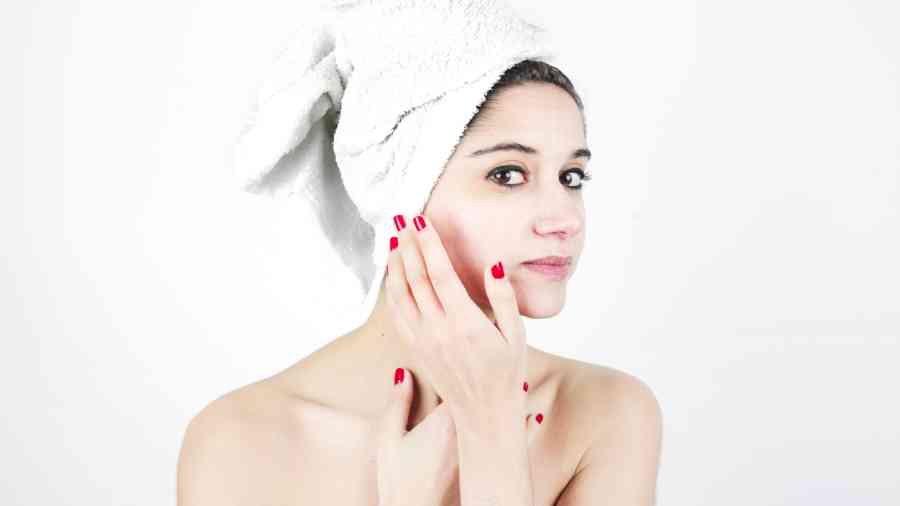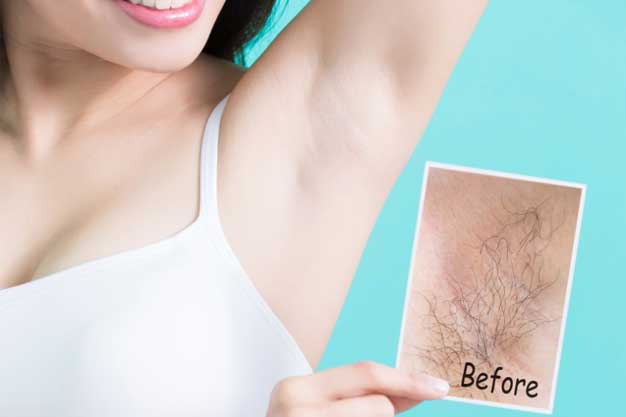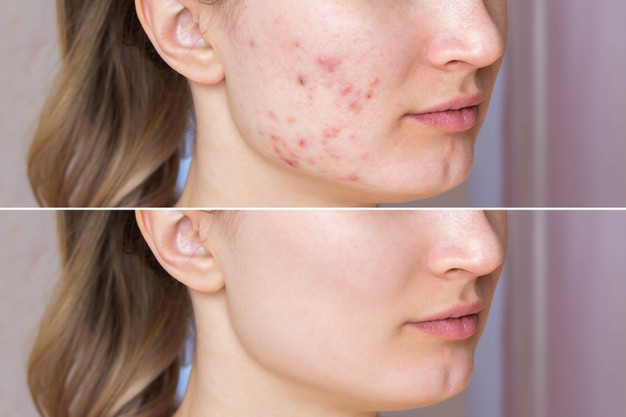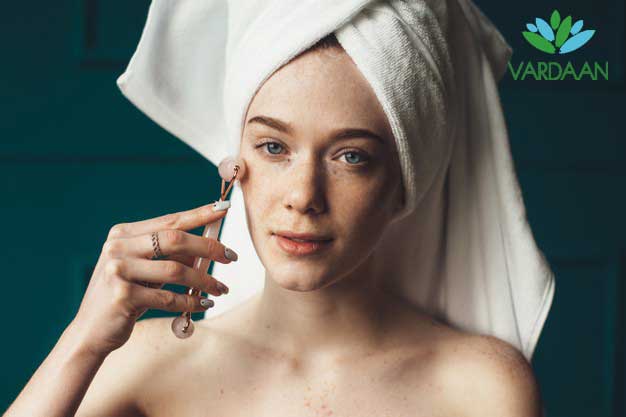General Dietary Recommendations in brief
Epidermis
Your skin's top layer, the epidermis, is super thin on some parts of your body (your eyelids) and thicker on others (the bottoms of your feet). The epidermis is the layer of skin in charge of:
Making new skin cells: This happens at the bottom of the epidermis. The skin cells travel up to the top layer and flake off, about a month after they form.
Giving skin its color: The epidermis makes melanin, which is what gives your skin its color.
Protecting your body: The epidermis has special cells that are part of your immune system and help you stay healthy.
Dermis
A lot happens in the next layer, the dermis. The jobs of the dermis include:
Making sweat: There are little pockets called sweat glands in the dermis. They make sweat, which goes through little tubes and comes out of holes called pores. Sweating keeps you cool and helps you in releasing of bad stuff your body doesn't need.
Helping you feel things: Nerve endings in the dermis help you feel things. They send signals to your brain, so you know how something feels if it hurts (meaning you should stop touching it), is itchy or feels nice when you touch it.
Growing hair: The dermis is where you'll find the root of each tiny little hair on your skin. Each root attaches to a tiny little muscle that tightens and gives you goosebumps when you are cold or are scared.
Making oil: Another type of little pocket, or gland, in your skin makes oil. The oil keeps your skin soft, smooth and waterproof. Sometimes the glands make too much oil and give you pimples. (See Acne: Pimples and Zits.)
Bringing blood to your skin: Blood feeds your skin and takes away bad stuff through little tubes called blood vessels.
Subcutaneous fat
The bottom layer of the skin is the subcutaneous fat layer. This layer plays an important role in your body by:
Attaching the dermis to your muscles and bones: This layer has a special connecting tissue that attaches the dermis to your muscles and bones.
Helping the blood vessels and nerve cells: Blood vessels and nerve cells that start in the dermis get bigger and go to the rest of your body from here.
Controlling your body temperature: The subcutaneous fat is the layer that helps keep your body from getting too warm or too cold.
Storing your fat: This fat pads your muscles and bones and protects them from bumps and falls.




